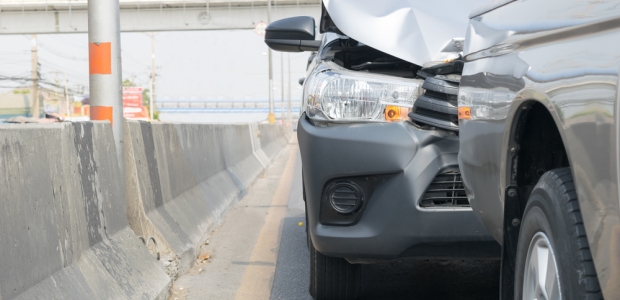
Latest Study Confirms Value of Automatic Braking Systems
"The evidence has been mounting that front crash prevention works, and it works even better when it doesn't solely rely on a response from the driver," said Jessica Cicchino, IIHS' vice president for research.
An Insurance Institute for Highway Safety study of General Motors vehicles with optional front crash prevention systems confirms that forward collision warning and automatic emergency braking prevent crashes. IIHS reported Nov. 13 that GM vehicles with autobrake and forward collision warning had 43 percent fewer police-reported front-to-rear crashes and 64 percent fewer front-to-rear crashes with injuries than the same vehicles without any front crash prevention technology.
For vehicles equipped with forward collision warning only, the crash rate reductions were 17 percent for all front-to-rear crashes and 30 percent for front-to-rear crashes with injuries.
IIHS said the results echo an earlier IIHS study involving Acura, Fiat Chrysler, Honda, Mercedes-Benz, Subaru, and Volvo vehicles. It found that the combination of forward collision warning and autobrake reduced front-to-rear crash rates by 50 percent for crashes and 56 percent for front-to-rear crashes with injuries. Forward collision warning without autobrake cut the rates by 27 percent and 20 percent, respectively, for vehicles in that study.
"The evidence has been mounting that front crash prevention works, and it works even better when it doesn't solely rely on a response from the driver," said Jessica Cicchino, IIHS' vice president for research and the author of both studies.
Cicchino's latest study involved 2013-15 Buick, Cadillac, Chevrolet, and GMC brands; GM provided vehicle identification numbers (VINs) for vehicles with and without front crash and other crash avoidance systems. She obtained information from 23 states on police-reported crashes involving those VINs. The police reports included information on the point of impact, allowing her to focus on front-to-rear crashes, which are the crashes that front crash prevention technology is designed to help avoid. Using exposure data from the Highway Loss Data Institute, she calculated the rates of these crashes per insured vehicle year.
Twenty automakers representing more than 99 percent of the U.S. auto market have agreed to make automatic emergency braking standard on virtually all new passenger vehicles by September 2022, according to IIHS.